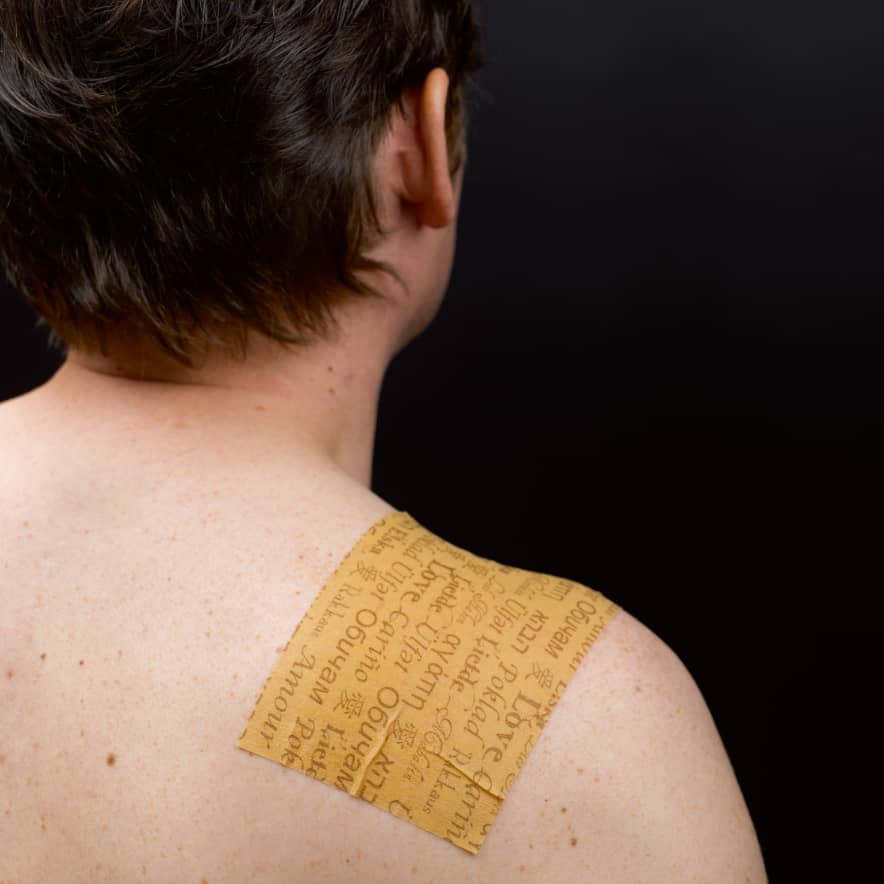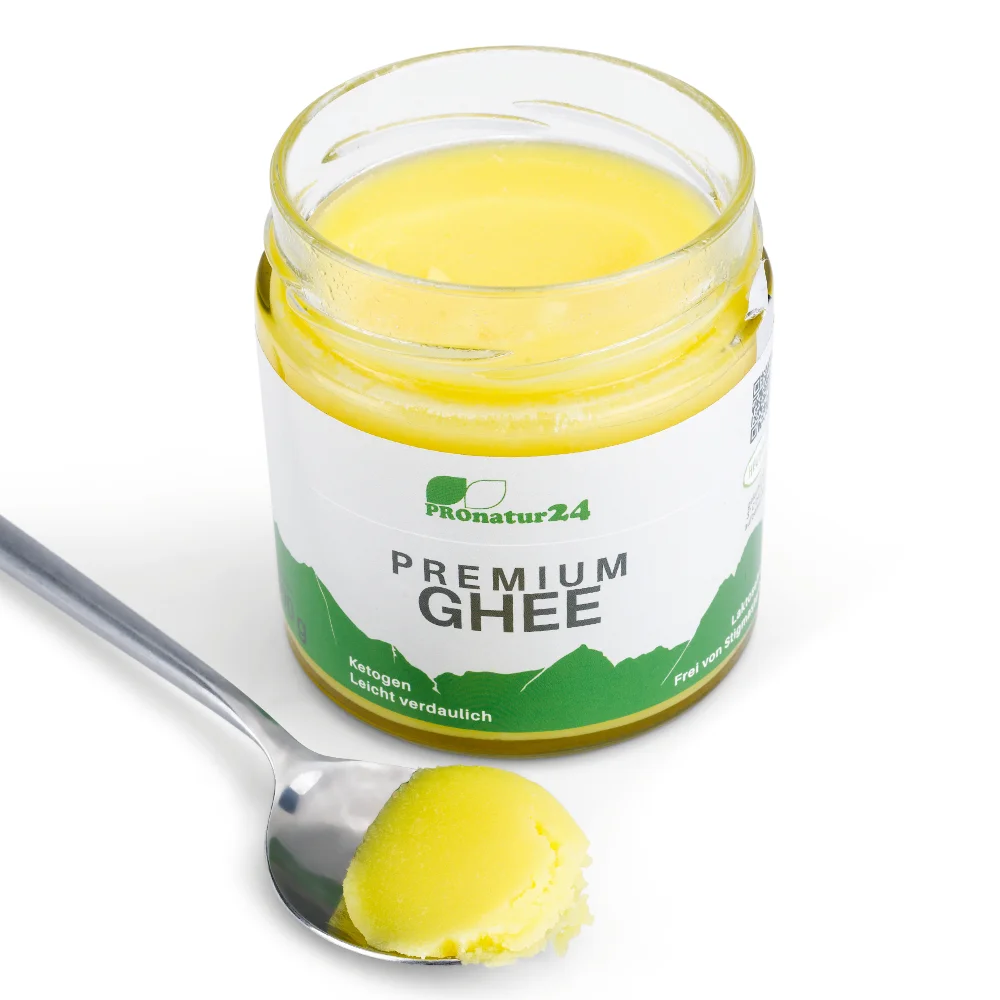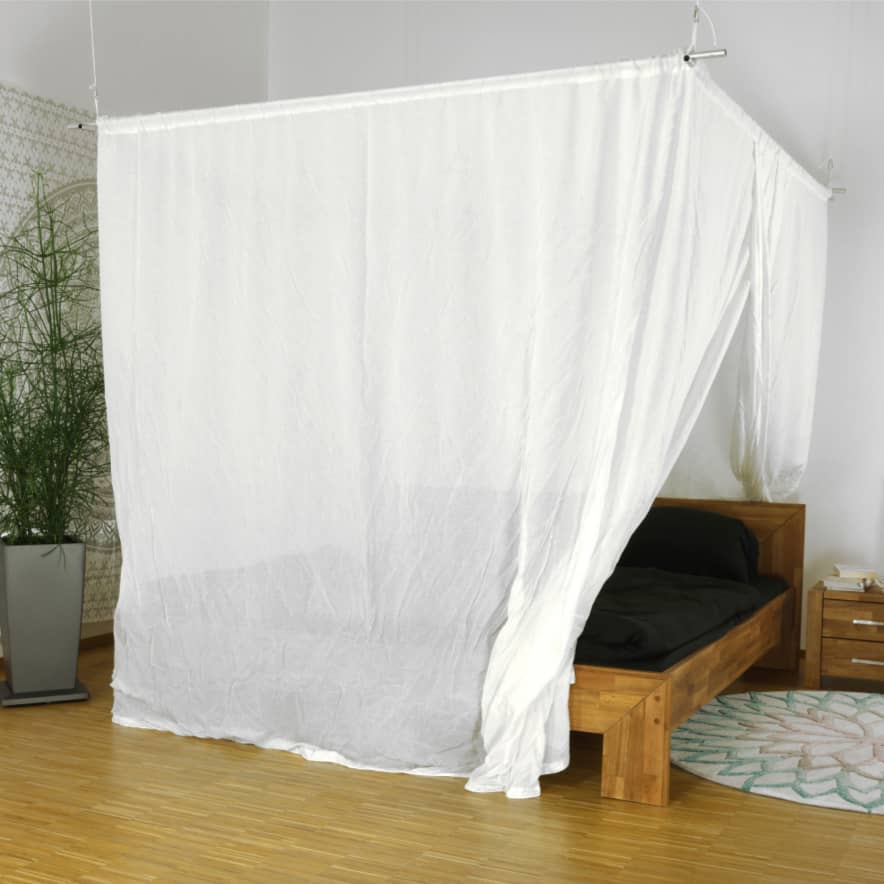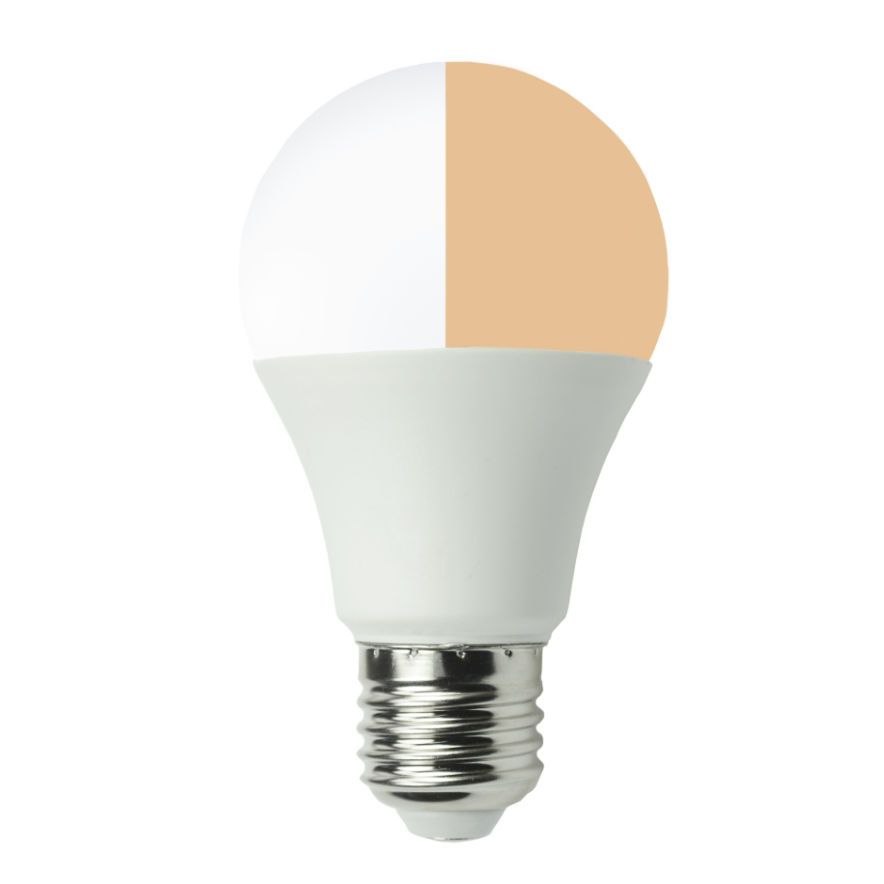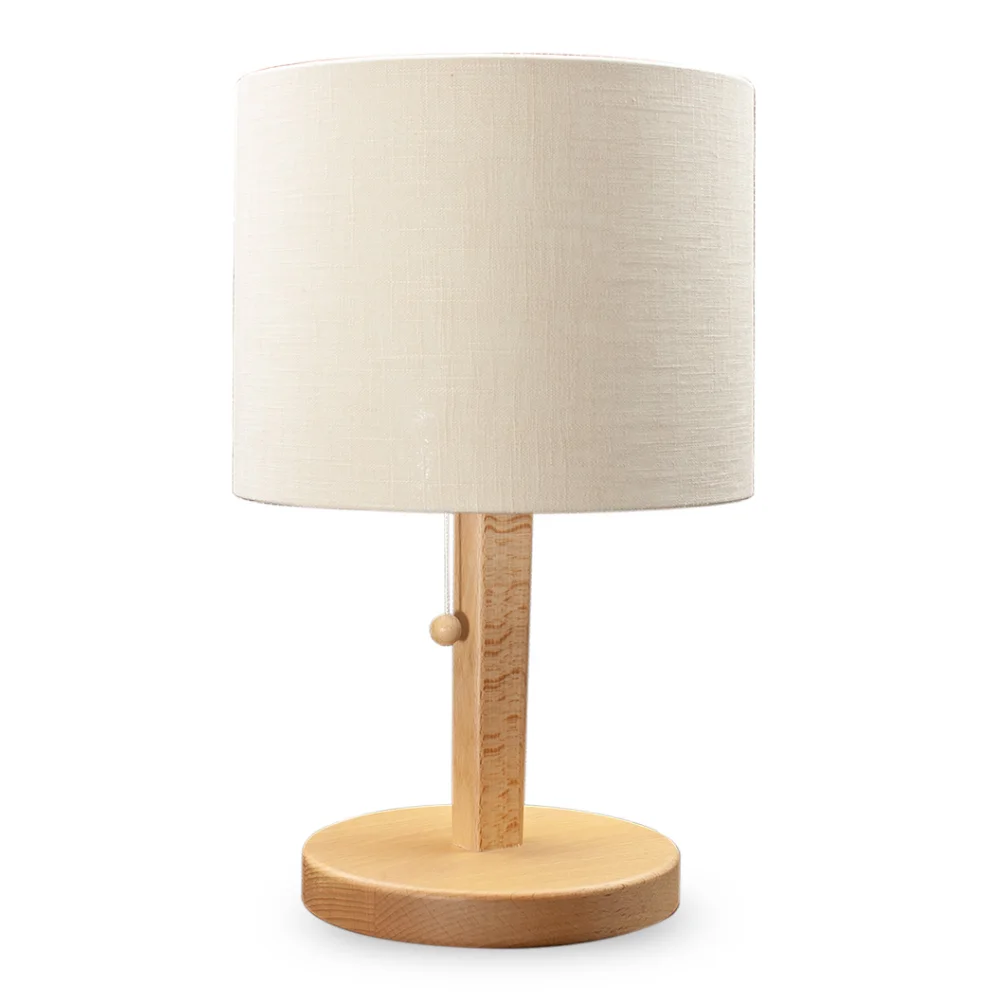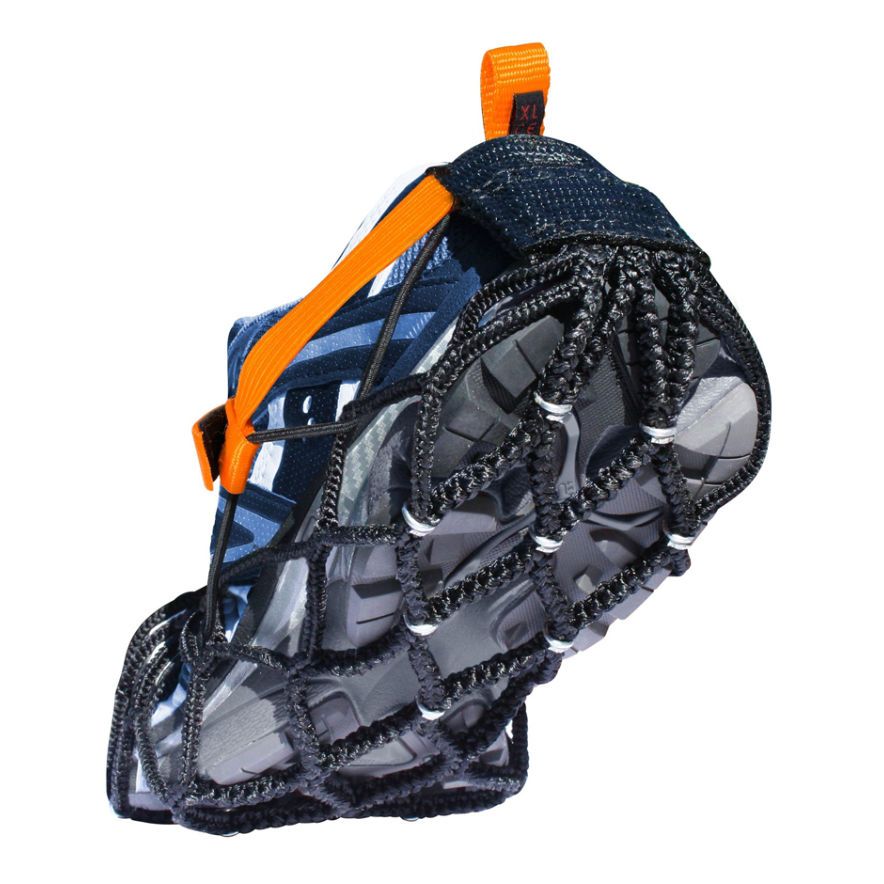Water veins
Water veins are essential for providing the ground and plant world with nutrients. Simply put, without water veins, we would not have any vegetation (see deserts).
Below are the most frequently asked questions about water veins:
Water veins are essential for providing the ground and plant world with nutrients. Simply put, without water veins, we would not have any vegetation (see deserts).
Water veins are made of rain and ground water. This water flows in the ground through several earth layers for underground water retention or for groundwater. This flow in the ground leads to frictional energy or frictional loss, and thus ionization. This is strengthened further by dissolved salts and trace minerals (iron, zinc, copper). If the ionization is too high, it becomes pathogenic (detrimental) for people, plants, and animals.
Before, it was a necessity for all farmers with livestock in the Alps to be able to find water veins and sources. The location of the field ultimately dependant on the location of the watering place for the animals.
Water veins in geobiology and in practice
Radiation exposure from water veins is among the most common natural fault zones that people suffer from. If it was still simple to remove this fault zone by moving the bed in the bedroom before, it’s quite problematic now because of the lack of space.
The exposure to water veins can be shielded from or deflected with technical interference from oscillating circuits in protection mats. It is worth noting that the effect is geographically limited.
The typical symptoms of water veins are: general pain, varices, swollen legs, sweating, bed wetting (children), childlessness, and many more.
Water veins (natural radiation) on PROnatur24










